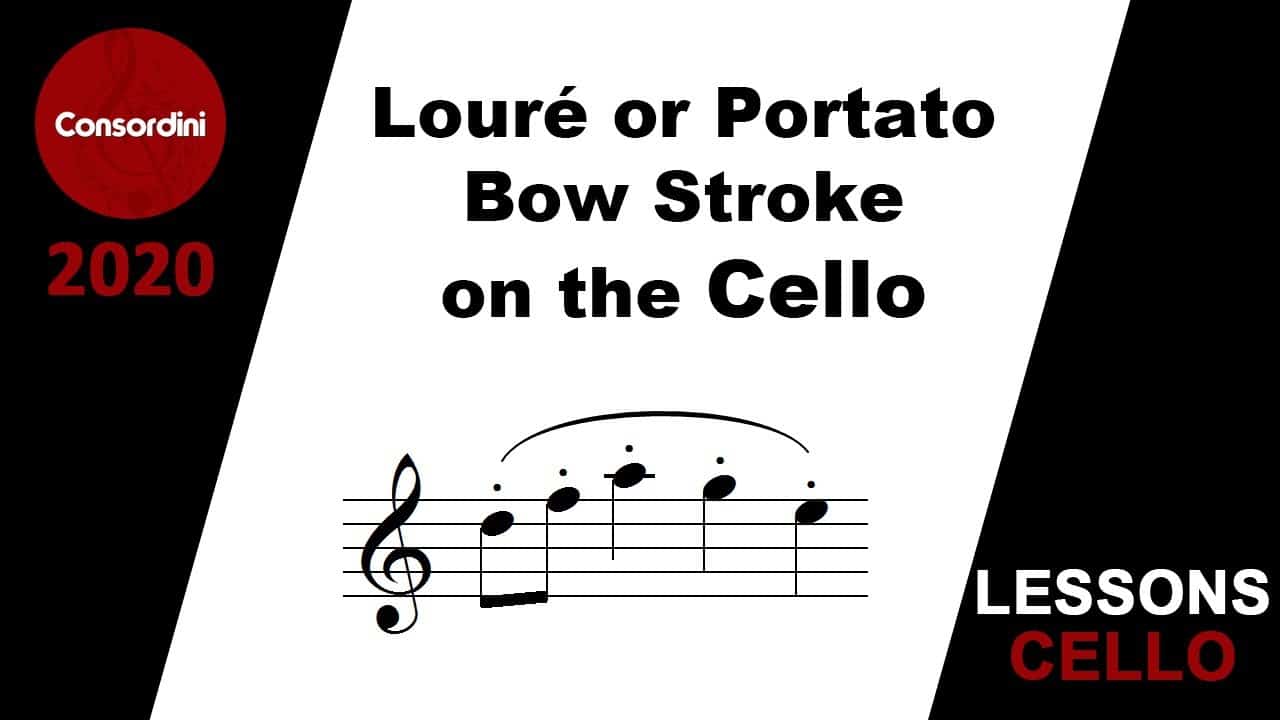Is Cello Hard?
In this video, we discuss the question that is not just common, but reasonable to ask in pursuit of learning the instrument.
As I discuss towards the end of the video, the best place to start is with an attitude of humility for all the people who are trained from a young age, practice hours a day for decades, and have countless time and money poured into the pursuit of merely competing for some professional opportunities.
It is the top of the top you tend to hear in your favorite recordings of cello, so don’t be down if you don’t start off sounding like that!
Cello has a lot of hidden “features” that are also challenges you might not think of at first. Hopefully, this video will help prepare you for some of those challenges, and also make it easier to practice, knowing that every practice session is just one of many many to get to greatness on the instrument.
So let’s talk about some of the reasons cello is both hard and rewarding.
First, you are entirely responsible for intonation on the instrument. Unlike a keyed or fretted instrument, you can play virtually any frequency on cello, not just the ones we’ve divided into “notes.”
This is a blessing and a curse. On the one hand, you never get to merely play a fingering and have it be in tune, you have to be hyper aware with both your ear and your hand to be in tune.
On the other hand, this allows you to slide into notes, tune to the chord instead of being “stuck” with equal temperament (we will do a video on advanced tuning later), and most importantly for cello, it allows vibrato, a shake of the note that is an exceptionally pleasing part of the cello listening experience.
Also, string thickness, note spacing, tuning, and shifting are all challenges to playing quickly.
After all, you only have a few scalar notes per hand position, so you are constantly changing strings and position, sometimes in awkward ways, so this requires a lot of practice to get right.
The flip side is that cello is not often expected to play fast, so at least you will mostly be responsible for bass parts and some melody.
Finally, the third category of difficulty is the bow. Everything we’ve talked about so far is a left hand, or fingering difficulty. However, the left hand only accounts for 40% or so of the task of playing cello.
To get those crisp articulations, smooth bow changes, legato melodies, luscious sounds, and everything associated with cello listening pleasure, you have to be very exact – both intentional but also relaxed and efficient – with the bow hand in order to achieve it.
Cello is, in some ways, nothing more than the coordination of the two hands; two very different processes that both go into making the same note.
However, don’t despair! Learning cello is not about the end result; and if it is that for you, continue to be an avid listener! If you endeavor to learn cello, however, you must enjoy the process.
Few other things in life require as much holistic approach of the brain as learning music, which is why parents often encourage it as a hobby but not a profession. Learning cello is not like learning to make a chair, or write a computer program.
As you embrace the challenge, you may find yourself learning about yourself and the world, as well as music. And this can make it a deeply rewarding experience.
Luckily, we make it easy for you to learn cello here at Consordini. We have videos on a variety of cello topics, including holding the cello bow, basic cello posture, beginning cello repertoire, first position on cello.
Hopefully, we make it easy to get going with all the information of a trained professional. Keep a lookout for more videos, and stay subscribed to get access to all our cello lessons.










